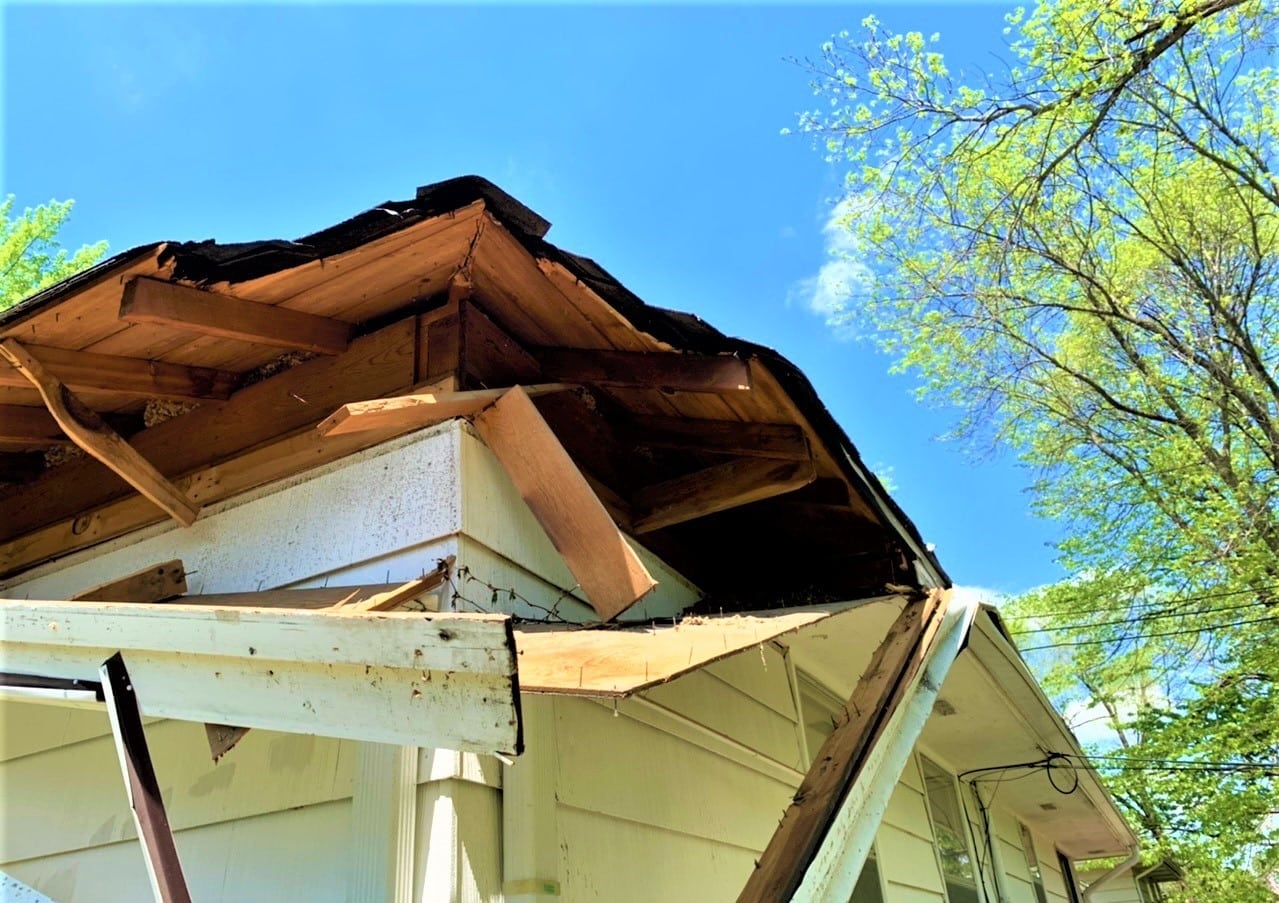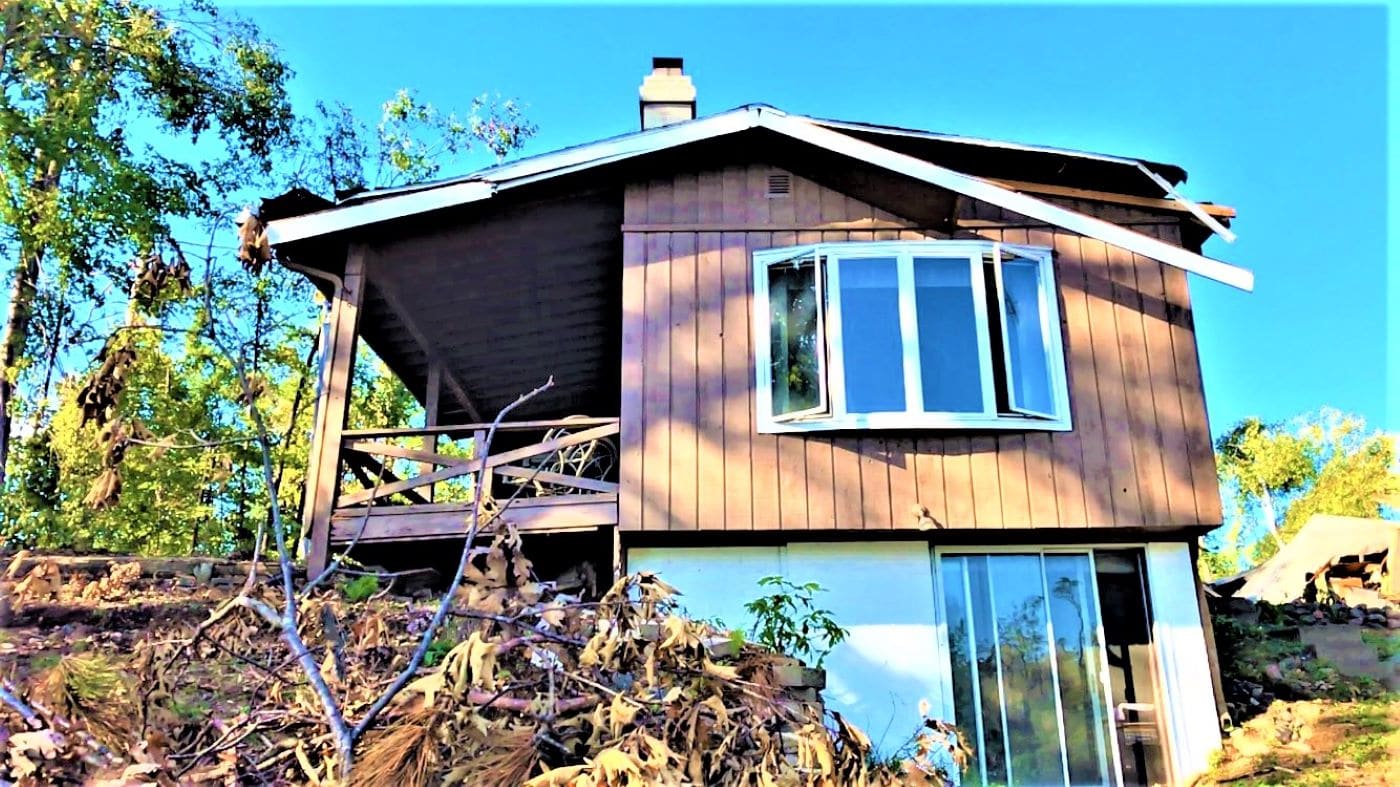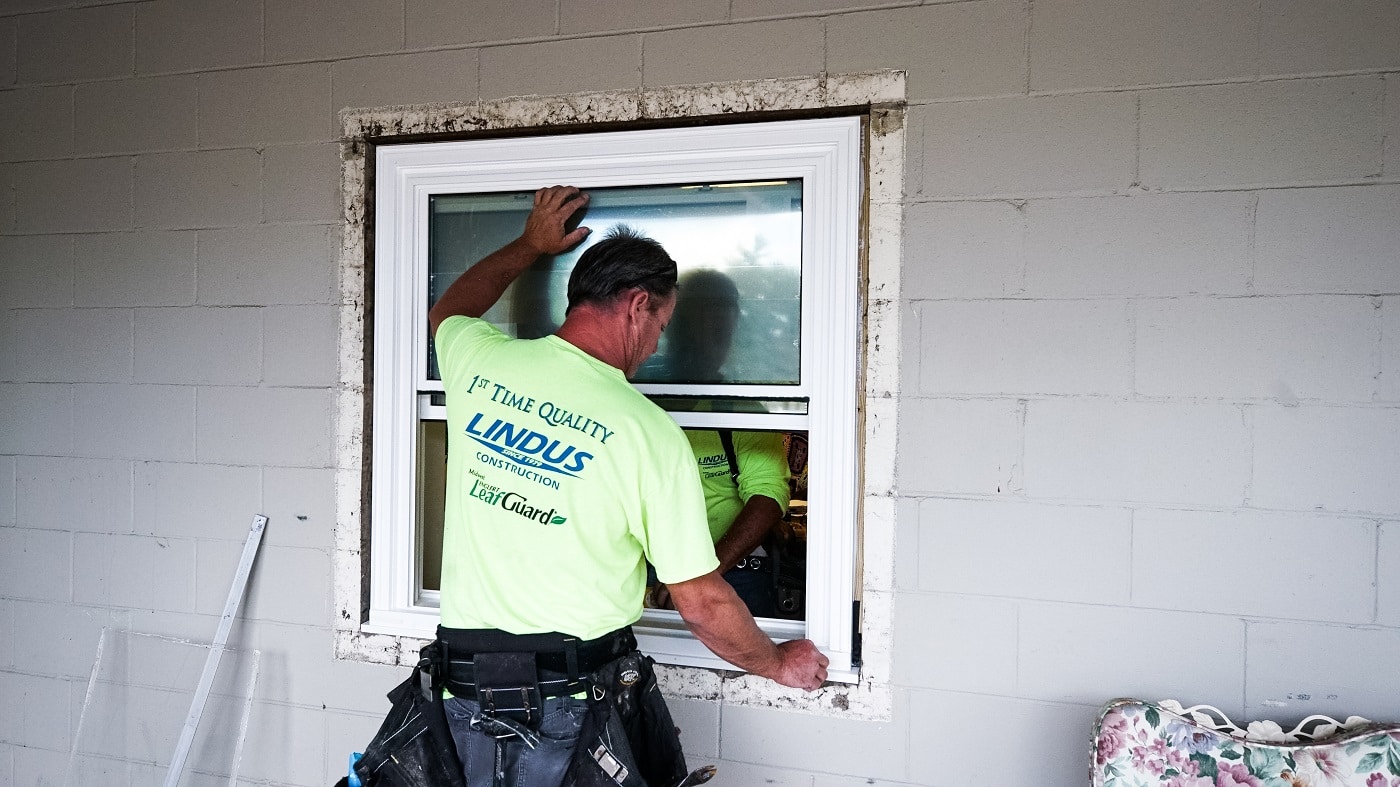Four Insurance Questions Every MN & WI Homeowner Should Ask Today
Storm Damage and Changing Insurance Policies in Minnesota and Wisconsin
Wind and hail are common in Minnesota and Wisconsin. They damage roofs, windows, siding, and gutters.
Lindus Construction has helped homeowners recover from storms for over 45 years. We know how to work with insurance companies to get homes repaired and often improved.
Lately, we’ve seen a problem. Many homeowners don’t know their insurance has changed until it’s too late. They’re left without the coverage they thought they had.
That’s tough news to swallow. Even more frustrating is the unexpected out-of-pocket expenses that follow. To help, we put together four key insurance questions every homeowner should ask.

1. Do I Have RCV (Replacement Cost Value) or ACV (Actual Cost Value)?
What is Replacement Cost Value?
Replacement cost value pays to repair or replace damaged property with new items of like kind and quality at today’s prices, without deduction for depreciation.
Pays: The cost to replace your damaged or stolen property with new, similar items.
Premiums: Usually higher.
Benefit: Provides full coverage for new replacements without factoring in depreciation.
Drawback: Higher monthly or annual premium costs.
What is Actual Cost Value?
Actual cost value pays the current market value of your damaged property, accounting for depreciation due to age and wear and tear.
Pays: Replacement cost minus depreciation.
Premiums: Typically lower.
Benefit: Lower upfront cost.
Drawback: You pay out of pocket for the difference to buy new items.

2. What is My Insurance Deductible?
It’s likely much higher than it was 10 years ago. Recent data shows that the share of policies with deductibles between $5,000 and $10,000 increased by nearly 50% between 2019 and 2024. A deductible of $500 is almost unheard of these days, and most do not drop below $3,000.
3. What Types of Deductibles Are There?
Flat: This is a fixed dollar amount you pay for a covered loss, such as $2,500 for a fire, for example.
Percentage: This is a percentage of your home’s insured value. It’s often applied to claims for specific events like wind and hail damage repairs, where a 1% or 2% deductible would be a specific amount based on your home’s value.

4. What is a Cosmetic Damage Exclusion?
Many insurance companies include a “cosmetic damage exclusion” in their policies, meaning they won’t pay for damage that’s only cosmetic. That includes things like dents, dings, scratches, scuffs, fading, staining, or pitting on exterior surfaces like siding, roofs, gutters, or windows. To get coverage for cosmetic damage, you often need to add a special endorsement or rider to your policy.
At Lindus Construction, our estimators know how to spot storm damage. Their experience is one reason we earn so many great reviews.
We know how confusing insurance claims can be after a storm. We work with your insurance company to make the process faster and less stressful. We handle everything from inspection to restoration. That way, your home gets back to normal sooner.
If your home was recently hit by hail, read our Dos & Don’ts of Homeowners Hail Insurance Claims. It explains what to do and what to avoid when filing a homeowners insurance claim to prevent costly mistakes.
